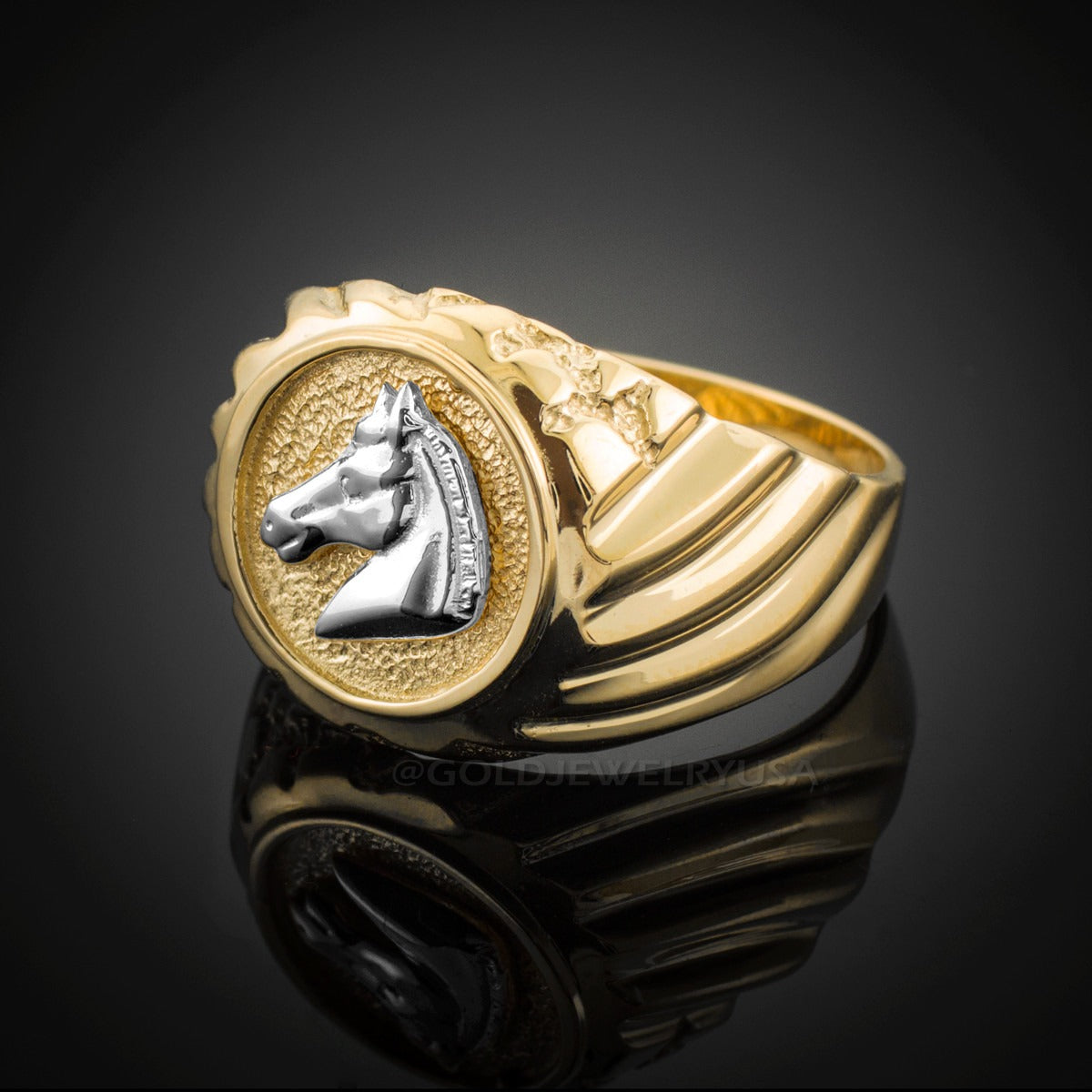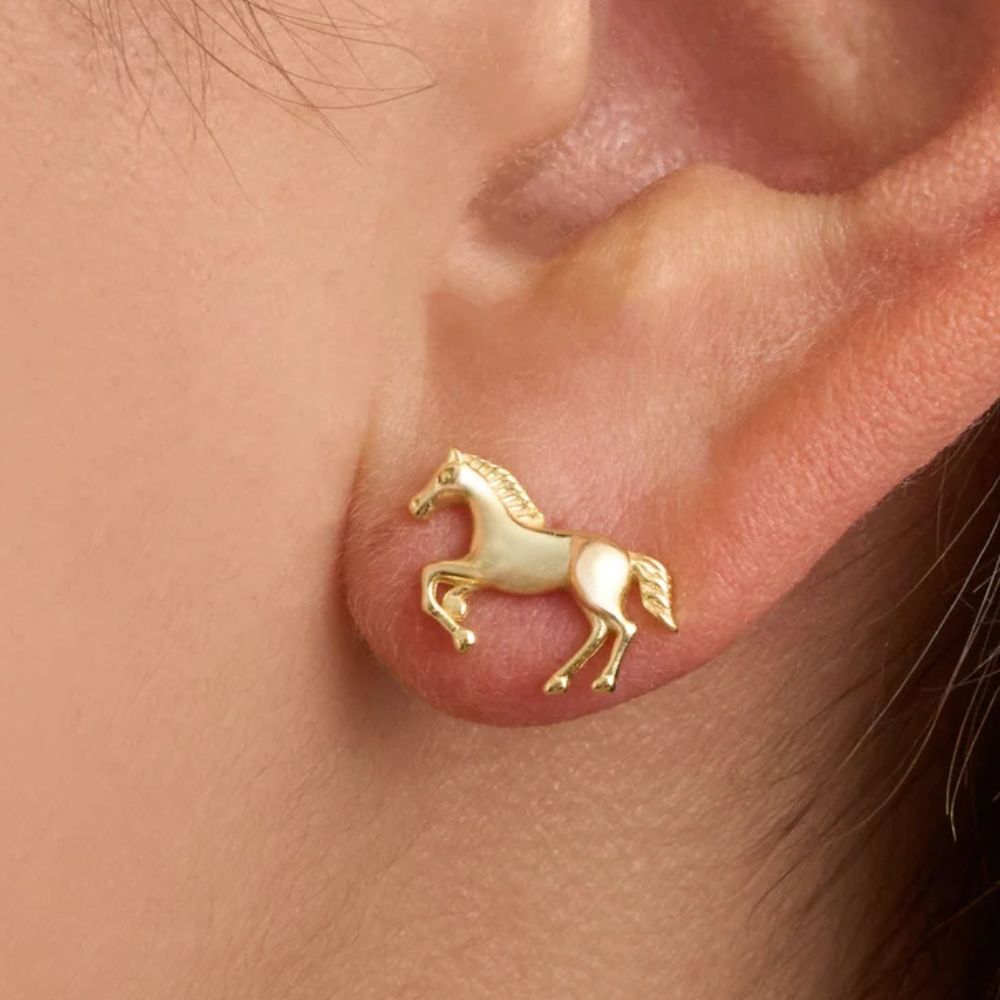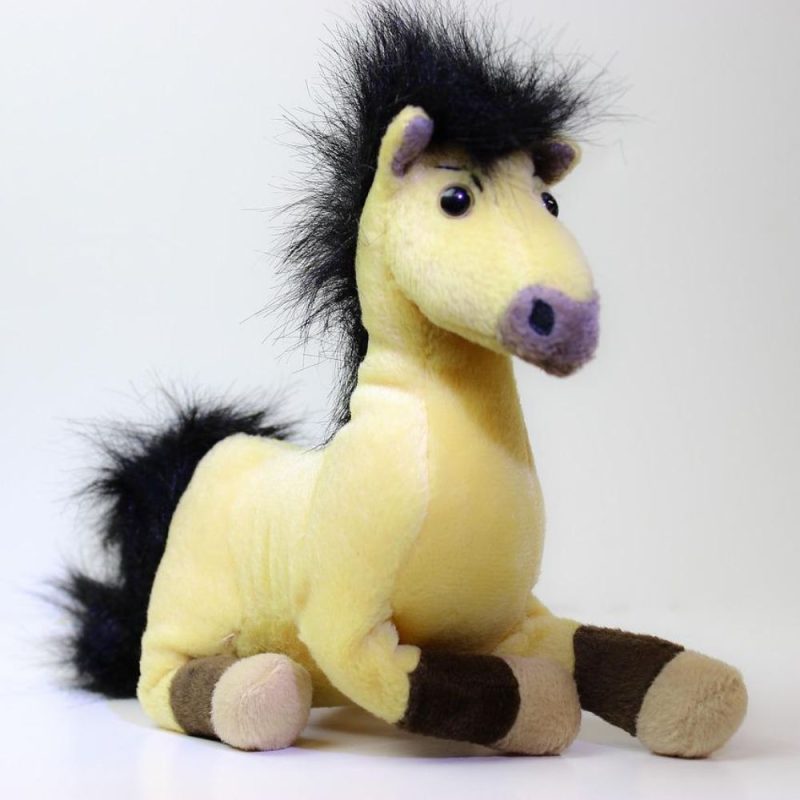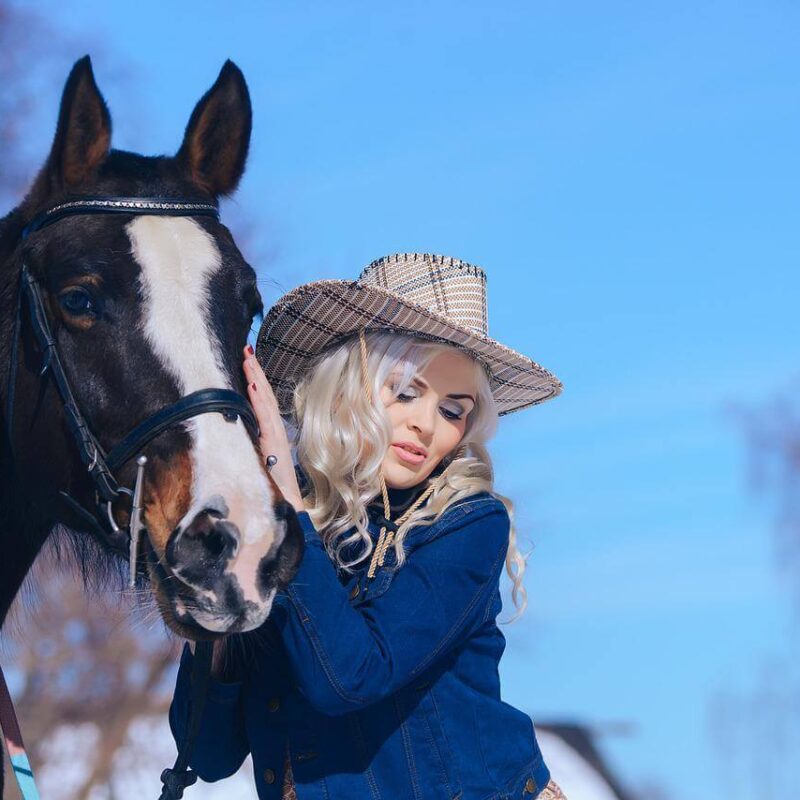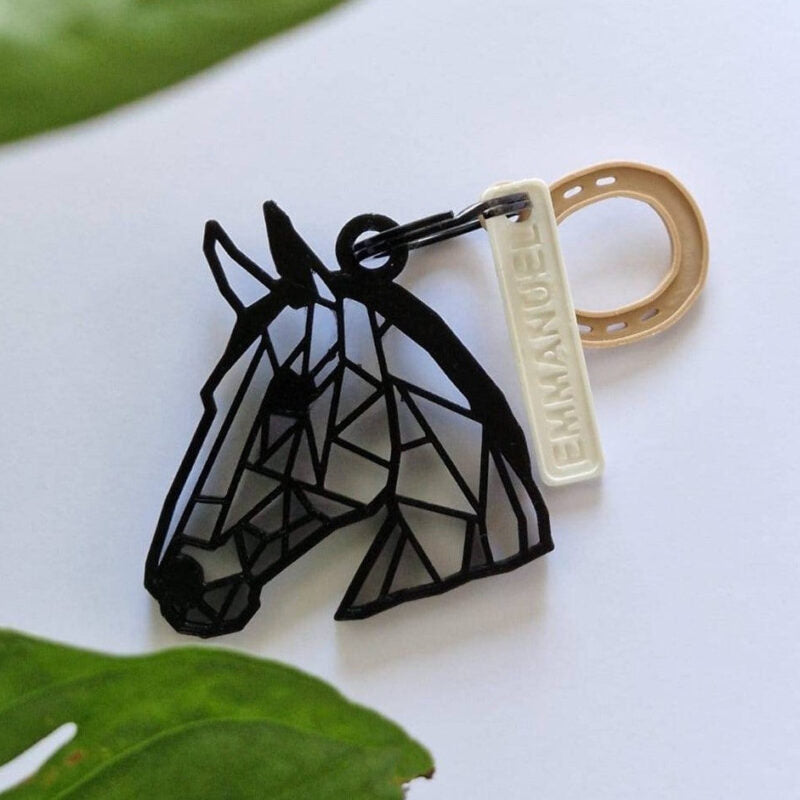
Do horses eat grass?
As horse owners and enthusiasts, we’re always on the lookout for safe, healthy treats to offer our equine companions. One question that often comes up is, “Can horses have celery?” This article will dive deep into the world of equine nutrition, exploring the benefits and potential risks of feeding celery to horses, and provide you with all the information you need to make informed decisions about your horse’s diet.
The Nutritional Profile of Celery
Before we answer the burning question of whether horses can eat celery, let’s take a closer look at what this crunchy vegetable has to offer nutritionally.
Celery is known for its low calorie content and high water content, making it a popular choice for humans looking to maintain a healthy diet. But how does it stack up for our equine friends?
Celery Nutrition Facts (per 100g)
- Calories: 16
- Water: 95%
- Protein: 0.7g
- Carbohydrates: 3g
- Fiber: 1.6g
- Sugar: 1.3g
- Fat: 0.2g
Celery also contains various vitamins and minerals, including:
- Vitamin K
- Vitamin C
- Potassium
- Folate
- Manganese
While these nutrients are beneficial for horses in general, it’s important to remember that horses have different nutritional needs compared to humans. Their digestive systems are designed to process large amounts of fibrous plant material, primarily grass and hay.
➤ Also Read: How long can a horse live with heaves?
Looking for the perfect blend of practicality and style? Discover our exclusive collection of horse phone cases, backpacks, mugs and cups, and keychains—designed for horse lovers who want to carry their passion everywhere they go. Whether it’s a sleek horse phone case to protect your device, a sturdy horse backpack for daily adventures, or a charming horse mug to start your day right, these items combine functionality with an equestrian touch. Explore our collection now and find the ideal gift that’s as unique as your love for horses!
Can Horses Have Celery? The Verdict
The short answer is: Yes, horses can have celery in moderation. Celery is generally considered safe for horses to consume as an occasional treat. However, like any food that’s not a part of their regular diet, it should be introduced slowly and in small quantities.
Benefits of Feeding Celery to Horses
- Low-calorie treat: For horses that need to watch their weight, celery can be a good low-calorie option compared to sugar-rich treats.
- Hydration: With its high water content, celery can provide a small boost to your horse’s hydration, especially on hot days.
- Nutritional variety: Celery offers some vitamins and minerals that can complement your horse’s regular diet.
- Mental stimulation: Offering different treats like celery can provide mental stimulation and enrichment for your horse.
Potential Risks and Considerations
While celery is generally safe for horses, there are some factors to keep in mind:
- Choking hazard: Celery strings can potentially cause choking if not cut into small pieces.
- Digestive upset: Introducing any new food too quickly can lead to digestive issues in horses.
- Pesticide residue: Always wash celery thoroughly to remove any potential pesticide residues.
- Allergic reactions: Though rare, some horses may be allergic to celery.
- Displacement of regular feed: Overfeeding treats like celery can lead to horses eating less of their essential hay and grain.
How to Safely Feed Celery to Horses
If you’ve decided to offer celery to your horse, follow these guidelines to ensure their safety:
- Start small: Begin with a small piece of celery and observe your horse for any adverse reactions.
- Cut it up: Chop the celery into small, manageable pieces to reduce the risk of choking.
- Wash thoroughly: Always clean the celery to remove any dirt, pesticides, or potential contaminants.
- Limit quantities: Celery should make up no more than 10% of your horse’s daily diet.
- Observe your horse: Watch for any signs of digestive discomfort or allergic reactions after feeding celery.
Alternatives to Celery for Horses
While horses can have celery, it’s always good to have a variety of safe treats on hand. Here are some other options you might consider:
- Carrots
- Apples (without seeds)
- Watermelon (without seeds)
- Pumpkin
- Strawberries
- Bananas (with peel)
Remember, moderation is key with any treat, including these alternatives.
The Importance of a Balanced Equine Diet
While we’ve established that horses can eat celery, it’s crucial to understand that treats should never replace a horse’s primary diet. A balanced equine diet typically consists of:
- Forage: 1.5-2% of body weight daily in hay or pasture grass
- Concentrates: As needed based on workload and individual needs
- Water: 5-10 gallons per day, depending on climate and activity level
- Salt: Free-choice access to a salt block
- Treats: No more than 10% of the total diet
Let’s break down the importance of each component:
Forage
Horses are grazing animals, and their digestive systems are designed to process fibrous plant material continuously. A diet high in forage helps maintain gut health, prevents boredom, and provides essential nutrients.
Example calculation: For a 1000 lb (453 kg) horse: Minimum forage requirement = 1000 lb × 1.5% = 15 lbs (6.8 kg) of hay per day
Concentrates
Grains and commercial feeds provide additional energy, protein, and nutrients for horses with higher energy requirements due to work, growth, or reproduction.
Example calculation: For a moderately worked 1000 lb horse: Concentrate requirement = 0.5% of body weight = 5 lbs (2.3 kg) of concentrate per day
Water
Adequate hydration is crucial for digestion, thermoregulation, and overall health. Horses should have constant access to clean, fresh water.
Example calculation: Average water consumption = 5-10 gallons per day During hot weather or intense exercise, this could increase to 20-25 gallons per day
Salt
Horses lose electrolytes through sweat, and providing free access to a salt block helps maintain proper electrolyte balance.
Example calculation: Average salt intake = 1-2 ounces per day
Treats (including celery)
While treats like celery can be a fun addition to a horse’s diet, they should never make up more than 10% of the total intake.
Example calculation: For a horse consuming 20 lbs of feed per day: Maximum treat allowance = 20 lbs × 10% = 2 lbs of treats per day
The Role of Celery in Equine Health Research
While specific research on celery for horses is limited, studies on equine nutrition provide insights that can be applied to the question of whether horses can have celery.
A study published in the Journal of Equine Veterinary Science (2018) found that introducing novel foods to horses can have positive effects on their mental well-being and can be used as a form of environmental enrichment. This suggests that offering treats like celery, when done safely and in moderation, could have benefits beyond just nutrition.
Another research paper from the Equine Science Society (2019) highlighted the importance of fiber in a horse’s diet for maintaining gut health and preventing digestive issues. Celery, with its fiber content, could potentially contribute positively to a horse’s overall fiber intake, albeit in small amounts.
Economic Considerations for Horse Owners
While celery is generally an affordable vegetable, it’s worth considering the economic impact of incorporating it into your horse’s diet. Let’s break down some potential costs and benefits:
Costs:
- Average price of celery: $1.50-$2.50 per bunch
- Potential increase in vet bills if overfed or improperly introduced: $100-$1000+
Benefits:
- Potential reduction in treat costs if replacing more expensive options
- Possible improvement in horse’s overall health, potentially reducing long-term vet costs
Profit Projection: For a stable owner offering “premium” boarding with a varied treat menu:
- Additional monthly boarding fee for “gourmet” treat option: $50
- Cost of providing celery and other varied treats: $20
- Potential profit per horse per month: $30
While this is a simplified projection, it illustrates how thoughtful treat selection could potentially be marketed as a premium service in a boarding facility.
Celery in Equine Culture and History
Interestingly, the use of vegetables like celery in horse diets has some historical precedence. In ancient Rome, chariot horses were sometimes fed a mixture of vegetables, including celery, as part of their diet. While modern equine nutrition has evolved significantly since then, it’s fascinating to see that
the idea of feeding vegetables to horses is not a new concept.
In more recent history, during World War I and II, when traditional horse feeds were scarce, many horse owners turned to alternative food sources, including vegetables like celery, to supplement their horses’ diets. While this was done out of necessity rather than choice, it demonstrates the adaptability of horses to various food sources when properly introduced.
Celery vs. Traditional Horse Treats: A Comparison
To better understand where celery fits in the spectrum of horse treats, let’s compare it to some more traditional options:
| Treat | Calories (per 100g) | Sugar Content | Fiber Content | Cost |
|---|---|---|---|---|
| Celery | 16 | Low | Moderate | Low |
| Carrots | 41 | Moderate | Moderate | Low |
| Apples | 52 | High | Moderate | Low-Moderate |
| Commercial horse treats | 300-400 | Often High | Varies | Moderate-High |
As we can see, celery stands out as a low-calorie, low-sugar option compared to many traditional treats. This makes it an excellent choice for horses that need to watch their weight or sugar intake.
Incorporating Celery into Your Horse’s Diet: A Step-by-Step Guide
If you’ve decided that you want to offer celery to your horse, here’s a detailed guide on how to do it safely:
- Choose fresh celery: Select crisp, green celery stalks without any signs of wilting or discoloration.
- Wash thoroughly: Rinse the celery under cool running water to remove any dirt or potential pesticide residues.
- Cut into small pieces: Slice the celery into 1-2 inch pieces to reduce the risk of choking.
- Introduce gradually: Start by offering just one or two small pieces of celery.
- Observe your horse: Watch for any signs of discomfort, allergic reactions, or digestive issues over the next 24-48 hours.
- Increase slowly: If your horse tolerates the celery well, you can gradually increase the amount over time, always staying within the 10% treat limit.
- Vary treat options: Remember to rotate celery with other healthy treats to provide variety in your horse’s diet.
Expert Opinions on Feeding Celery to Horses
To provide a well-rounded perspective on whether horses can have celery, let’s consider some expert opinions:
Dr. Sarah Thompson, Equine Nutritionist: “Celery can be a safe, low-calorie treat option for most horses when fed in moderation. Its high water content can be particularly beneficial during hot weather. However, it should never replace the foundation of a horse’s diet – good quality forage.”
John Davis, Professional Horse Trainer: “I’ve found that offering a variety of treats, including vegetables like celery, can be a great way to bond with horses and provide mental stimulation. Just remember that treats are extras, not meal replacements.”
Dr. Emily Roberts, Veterinarian: “While celery is generally safe for horses, it’s crucial to introduce any new food slowly and in small quantities. Always consult with your vet before making significant changes to your horse’s diet, especially if your horse has any health issues.”
Frequently Asked Questions
To wrap up our comprehensive guide on whether horses can have celery, let’s address some of the most common questions horse owners have about this topic:
1. How much celery can I give my horse? Celery should be limited to no more than 10% of your horse’s daily diet. For most horses, this means no more than 1-2 stalks per day.
2. Can celery cause colic in horses? While celery itself is unlikely to cause colic, any sudden change in diet can potentially lead to digestive upset. Always introduce new foods gradually and in small amounts.
3. Is celery safe for horses with metabolic issues? Celery is low in sugar and calories, making it a potentially suitable treat for horses with metabolic issues. However, always consult with your veterinarian before introducing new foods to horses with health concerns.
4. Can horses eat celery leaves? Yes, horses can eat celery leaves. In fact, the leaves contain more nutrients than the stalks. However, the same moderation rules apply.
5. Are there any horses that should not eat celery? Horses with known allergies to celery or other related vegetables (like carrots or parsley) should avoid celery. Additionally, horses with certain dental issues may have trouble chewing celery stalks.
In conclusion, horses can have celery as part of a balanced diet when offered in moderation. This crunchy vegetable can be a healthy, low-calorie treat option that many horses enjoy. However, it’s crucial to remember that celery should never replace the foundation of a horse’s diet – high-quality forage and appropriate concentrates. Always introduce new foods gradually, observe your horse for any adverse reactions, and consult with your veterinarian if you have any concerns about your horse’s diet.
By following the guidelines outlined in this article, you can safely incorporate celery into your horse’s treat rotation, potentially adding variety to their diet and providing a fun, nutritious snack. Remember, every horse is an individual, and what works for one may not work for another. Always prioritize your horse’s overall health and well-being when making decisions about their diet.









